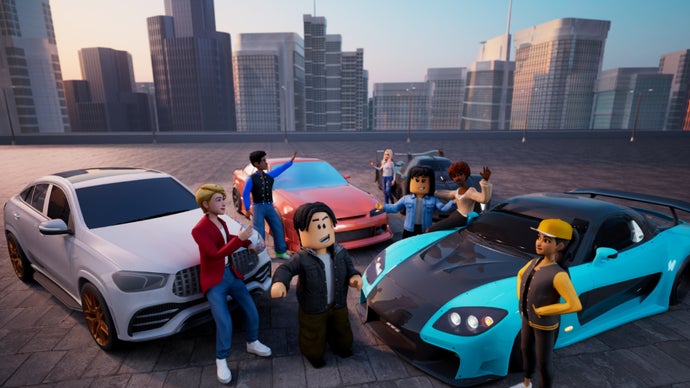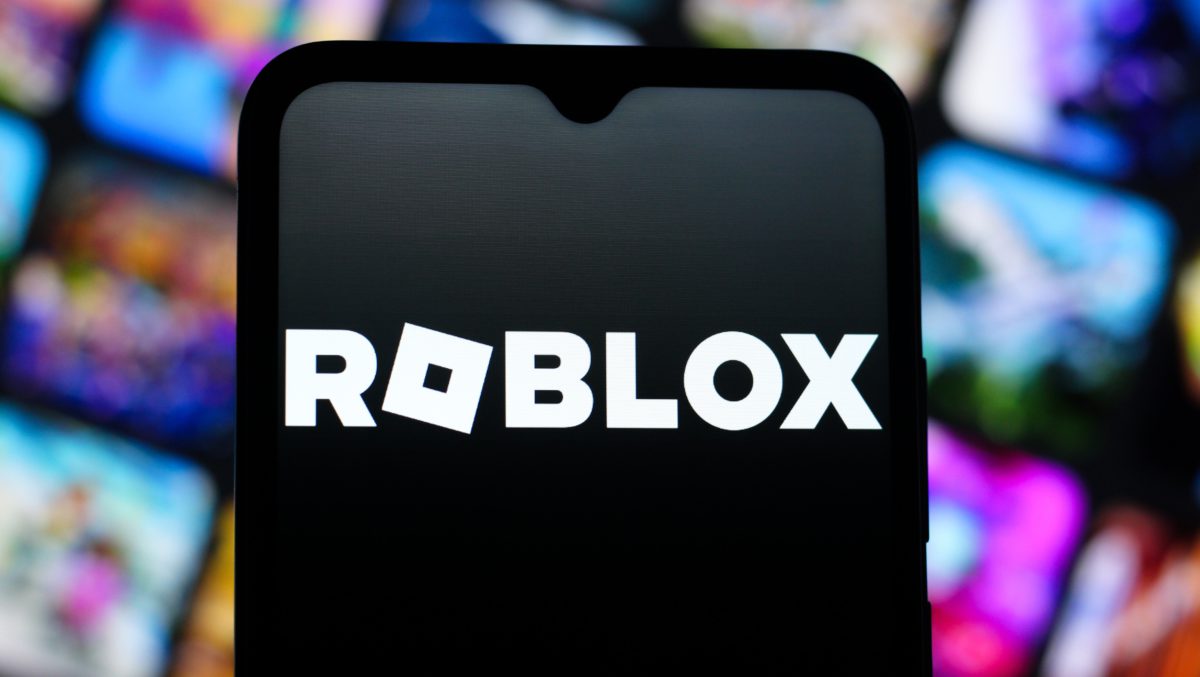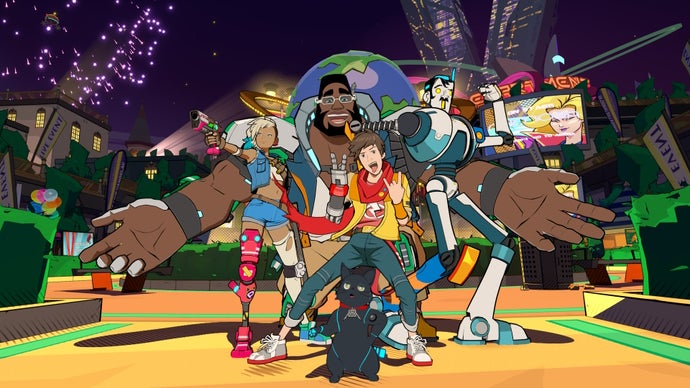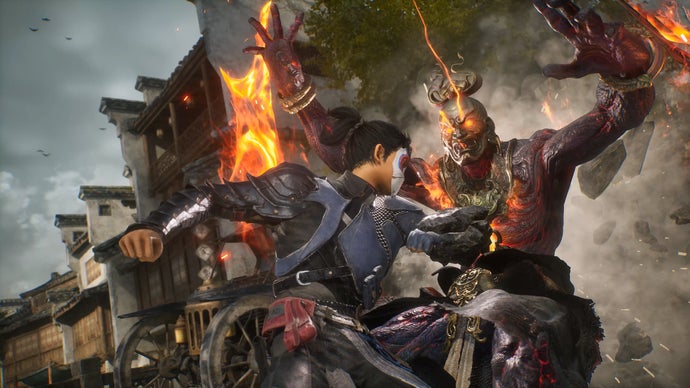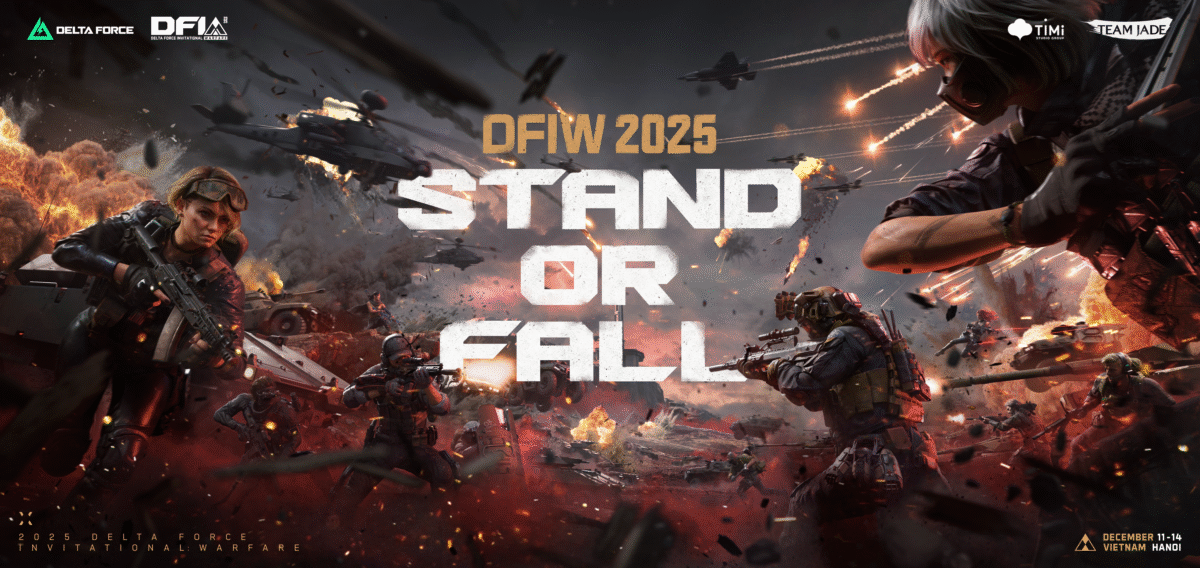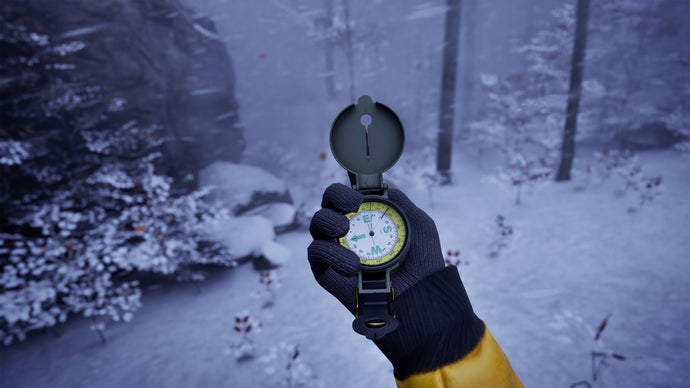Magic: The Gathering has grown in the last few years, no doubt in part due to its Universes Beyond crossovers, and the current set, Avatar: The Last Airbender, has been well-received.
If you’re a fan of Avatar and want to get in on the ground floor, the Beginner Box is a great way to do just that – and it’s now down to $22.99 at WOOT, marking a 34% discount.
Get Started With MTG For Under $25
As we covered in our preview of the product, the contents are very similar to the same Beginner Box released in 2024 for Foundations, only with an Avatar focus instead.
Inside, you’ll find 2 play boards, and two pre-built half decks with one for Aang and one for Zuko, as well as a tutorial booklet to help you do battle between them.
Once you’ve played through the guided game, there are eight other half-decks, so you can put any two together to build an instant deck, with multiple combinations based around Fire, Earth, Water, Air and features like big creatures, spells, and more.
It’s a great way to get started learning how to play, and it gives you plenty of cards to start your collection with and learn how Avatar-centric mechanics like elemental bending work within the confines of Magic: The Gathering.
Believe it or not, there are still MTG Black Friday deals knocking around. You can still pick up a Tarkir: Dragonstorm Play Booster Box for just $99.99, which includes 30 packs of the dragon-themed sets, while if you’re looking to try Commander, it’s never been easier.
The format’s Starter Decks are in stock at a good price for the first time we’ve seen in a while.
Lloyd Coombes is an experienced freelancer in tech, gaming and fitness seen at Polygon, Eurogamer, Macworld, TechRadar and many more. He’s a big fan of Magic: The Gathering and other collectible card games, much to his wife’s dismay.

